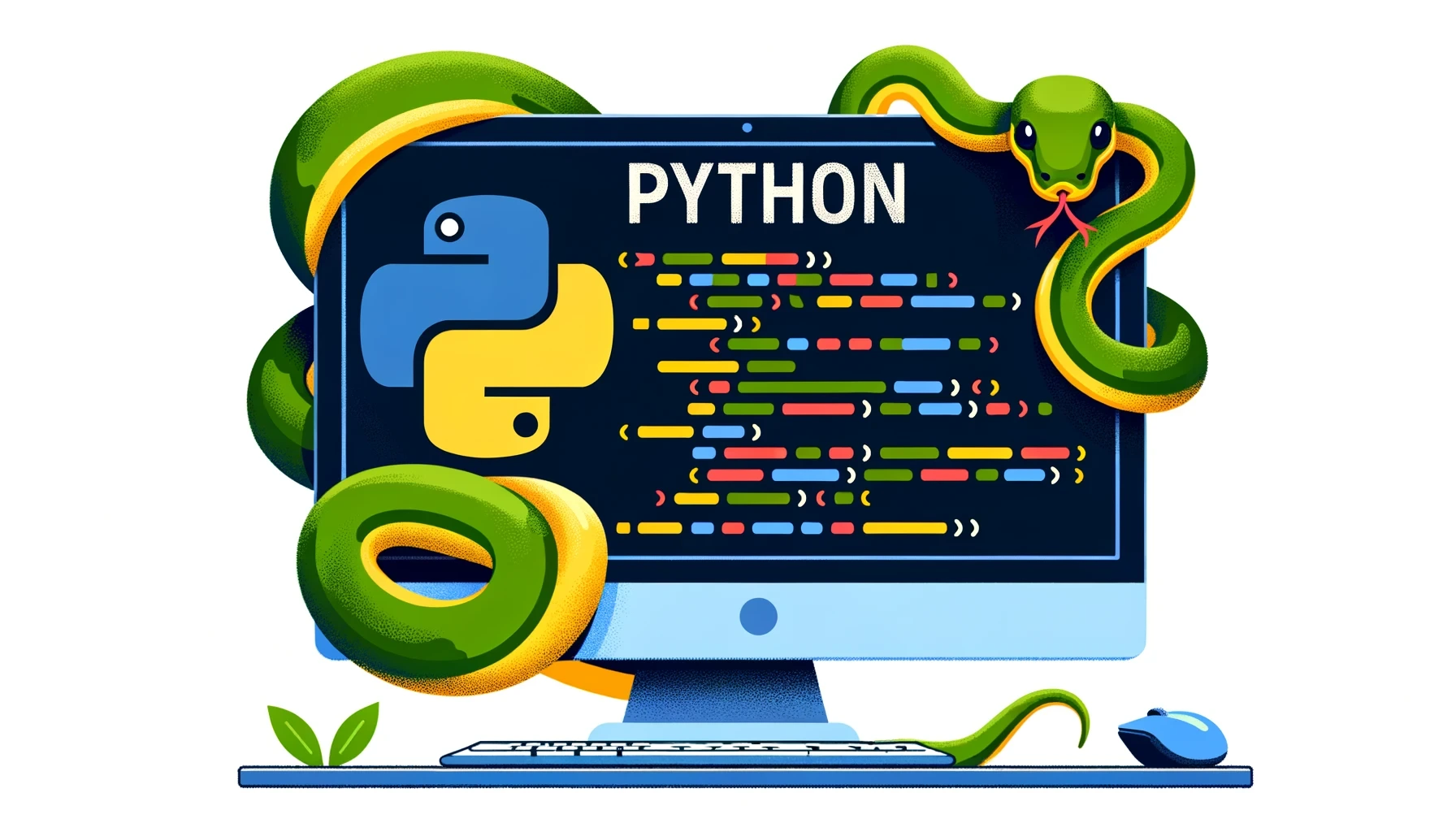
ML has become an essential tool in modern applications. From recommending products to analyzing customer behaviour, ML models help businesses make smarter decisions. But building a machine learning model is only part of the process. To make these models useful, developers must integrate them into full stack applications. Python, with its versatile libraries and frameworks, is an excellent choice for this task.
In this blog, we will explore how to integrate machine learning models into full stack Python applications. We will discuss the tools, techniques, and benefits of combining ML with full stack development. If you are new to this field, enrolling in full stack developer classes can help you learn the skills needed to create applications powered by machine learning.
What Is Full Stack Development?
Full stack development involves building both the frontend and backend of an application. The frontend is what users see and interact with, while the backend processes data and manages the application’s logic. In the context of ML, the backend includes the ML model, which makes predictions based on the data it receives.
When you integrate machine learning into a full stack application, the process usually involves:
- Creating or importing a trained ML model
- Connecting the model to the backend
- Sending predictions from the model to the frontend for users to see
If you are interested in learning how these parts work together, a full stack developer course in Bangalore can provide step-by-step guidance.
Why Use Python for Machine Learning in Full Stack Development?
Python is a one of the most popular choice for machine learning and full stack development because it offers:
- Web Frameworks for Backend Development: Frameworks like Flask, Django, and FastAPI help you create APIs and connect your ML model to your application.
- Ease of Integration: Python allows seamless integration of ML models with both backend and frontend systems.
- Large Community: Python’s large developer community ensures plenty of resources and support for troubleshooting.
For developers looking to combine machine learning and full stack development, full stack developer classes are an excellent way to start.
Steps to Integrate Machine Learning Models
To successfully integrate an ML model into a full stack Python application, you need to follow these steps:
1. Build or Import the ML Model
The first step is to create or import a machine learning model. If you are building the model yourself, you can use libraries like Scikit-learn for basic models or TensorFlow for deep learning. If you are using a pre-trained model, platforms like Hugging Face or TensorFlow Hub provide automated models for tasks like picture recognition or natural language processing.
Once you have a trained model, save it in a format that can be loaded into your application, such as .pkl (pickle) for Scikit-learn models or .h5 for TensorFlow models.
2. Set Up the Backend
The backend is responsible for loading the ML model and handling requests from the frontend. Python frameworks like Flask or FastAPI are commonly used for this purpose. In the backend:
- Load the model during the application’s startup.
- Create endpoints or routes where the frontend can send data to the model.
- Process the data, run predictions, and send the results back to the frontend.
For beginners, a full stack developer course in Bangalore can teach you how to set up a backend that integrates with ML models.
3. Connect the Frontend
The frontend is the point where users interact with your application. For example, if you’re building a sentiment analysis tool, users might type in a sentence, and the application will display whether the sentiment is positive or negative.
To connect the frontend with the backend:
- Use APIs to send data from the frontend to the backend.
- Display the predictions or results returned by the backend in an easy-to-understand format, such as charts, graphs, or tables.
Python frameworks like Flask or FastAPI make it easy to build APIs for this purpose, while frontend tools like React or Vue.js help create interactive user interfaces.
4. Test the Integration
Testing ensures the ML model works as expected within the full stack application. Common tests include:
- Sending sample data to the backend and verifying the model’s predictions.
- Checking if the frontend correctly displays the results.
- Ensuring the application remains responsive, even when handling large amounts of data.
Testing is a key part of development, and full stack developer classes can teach you how to debug and optimize your applications.
Tools and Frameworks for Integration
Here are some of the most popular tools and frameworks for integrating ML models into Python full stack applications:
1. Flask
Flask is a lightweight framework ideal for creating APIs that connect ML models to full stack applications. It’s easy to learn and widely used in the industry.
2. FastAPI
FastAPI is a modern framework that supports asynchronous programming, making it faster and more efficient. It’s especially useful for real-time applications.
3. Django
Django is a full-stack framework that provides tools for building both the backend and frontend. It’s a great choice for larger projects that need a lot of features.
4. TensorFlow Serving
TensorFlow Serving is a specialized tool for deploying TensorFlow models. It provides APIs for running predictions, making it easier to integrate models into applications.
If you’re unsure which tools to use, a full stack developer course in Bangalore can guide you based on your project needs.
Challenges of Integrating Machine Learning Models
While integrating ML models into full stack applications is rewarding, it comes with challenges:
- Model Compatibility: Ensuring the ML model works with the backend framework can be tricky, especially if you’re using pre-trained models.
- Performance Optimization: Running ML models can be resource-intensive. Optimizing the model and backend is crucial for smooth performance.
- Scalability: As your application grows, the backend must handle more requests and larger datasets, which requires careful planning.
- Data Privacy: Applications using sensitive data, like healthcare or finance, must comply with data privacy regulations.
Learning how to handle these challenges is easier with structured training, such as full stack developer classes that include real-world projects.
Benefits of Integrating ML Models
Integrating machine learning models into full stack applications offers numerous benefits:
- Enhanced User Experience: ML models can provide personalized recommendations, real-time analytics, and intelligent automation.
- Improved Decision-Making: Applications with ML capabilities can analyze data more effectively, helping businesses make smarter decisions.
- Scalability: Python’s frameworks make it easy to add more ML features as your application grows.
For developers, mastering these skills opens doors to high-demand job opportunities. Enrolling in a full stack developer course in Bangalore can help you build these skills.
Learning Full Stack Development with ML Integration
If you’re new to full stack development or machine learning, combining the two might seem overwhelming. However, with the right training, you can learn to build powerful applications that leverage both. Here’s how full stack developer classes can help:
- Comprehensive Training: Learn Python, backend frameworks, and machine learning libraries in one course.
- Hands-On Projects: Practice integrating ML models into real-world applications.
- Mentorship: Get guidance from experienced instructors who can help you overcome challenges.
- Career Support: Gain the skills needed to work on cutting-edge projects in industries like tech, healthcare, and finance.
Conclusion
Integrating machine learning models into full stack Python applications allows developers to create smarter, more interactive applications. By combining Python’s machine learning libraries with full stack frameworks like Flask and FastAPI, you can build applications that analyze data, make predictions, and deliver results in real time.
If you’re ready to learn these skills, joining developer classes is a great first step. Courses like a full stack developer course in Bangalore provide hands-on experience, teaching you how to build and use applications powered by machine learning. With practice and the right guidance, you’ll be prepared to create applications that combine the best of full stack development and artificial intelligence.
Business Name: ExcelR – Full Stack Developer And Business Analyst Course in Bangalore
Address: 10, 3rd floor, Safeway Plaza, 27th Main Rd, Old Madiwala, Jay Bheema Nagar, 1st Stage, BTM 1st Stage, Bengaluru, Karnataka 560068
Phone: 7353006061
Business Email: enquiry@excelr.com






